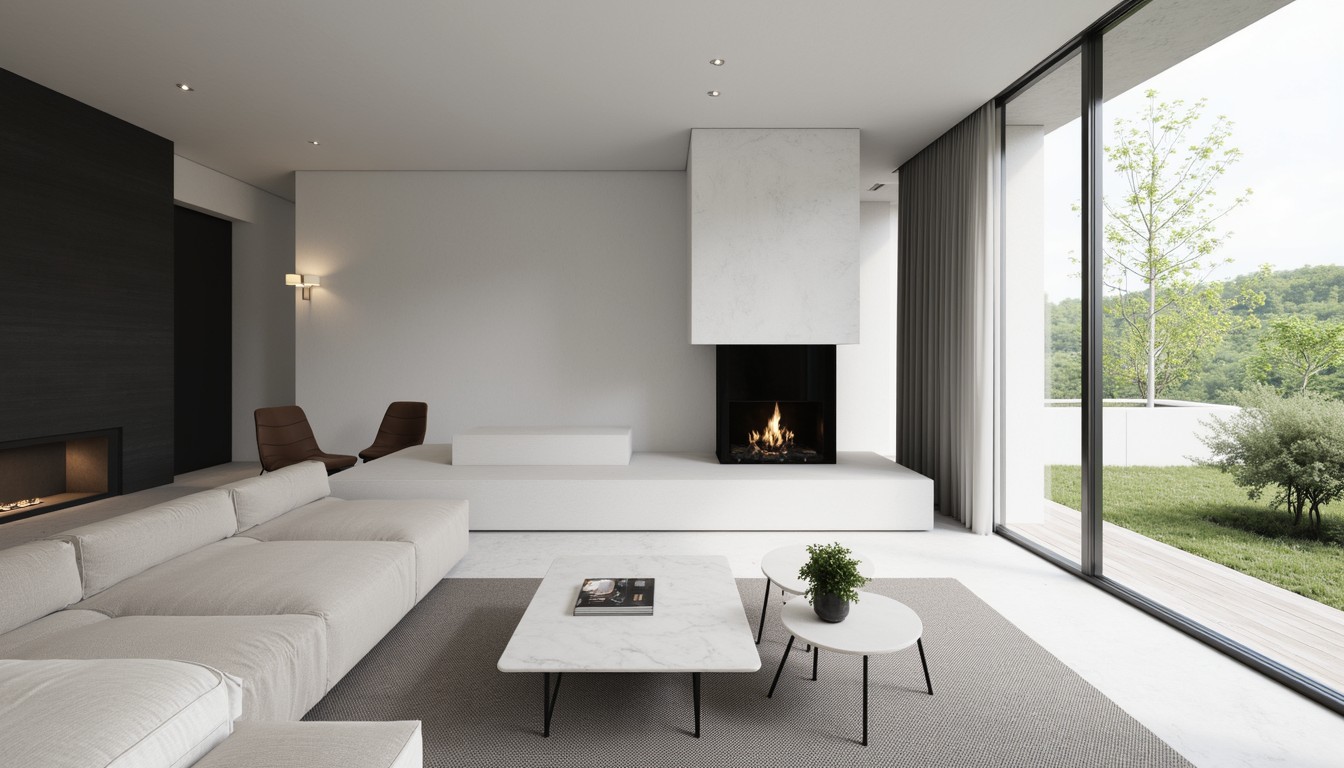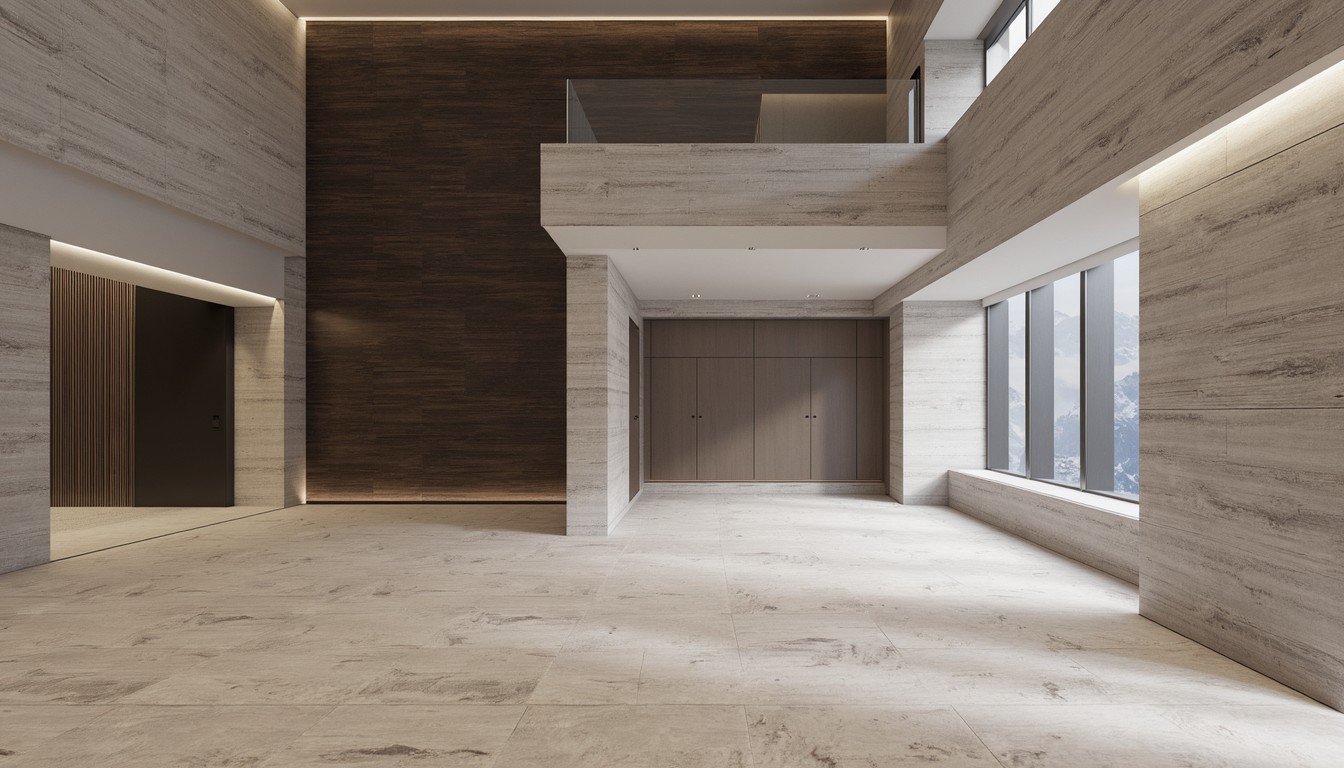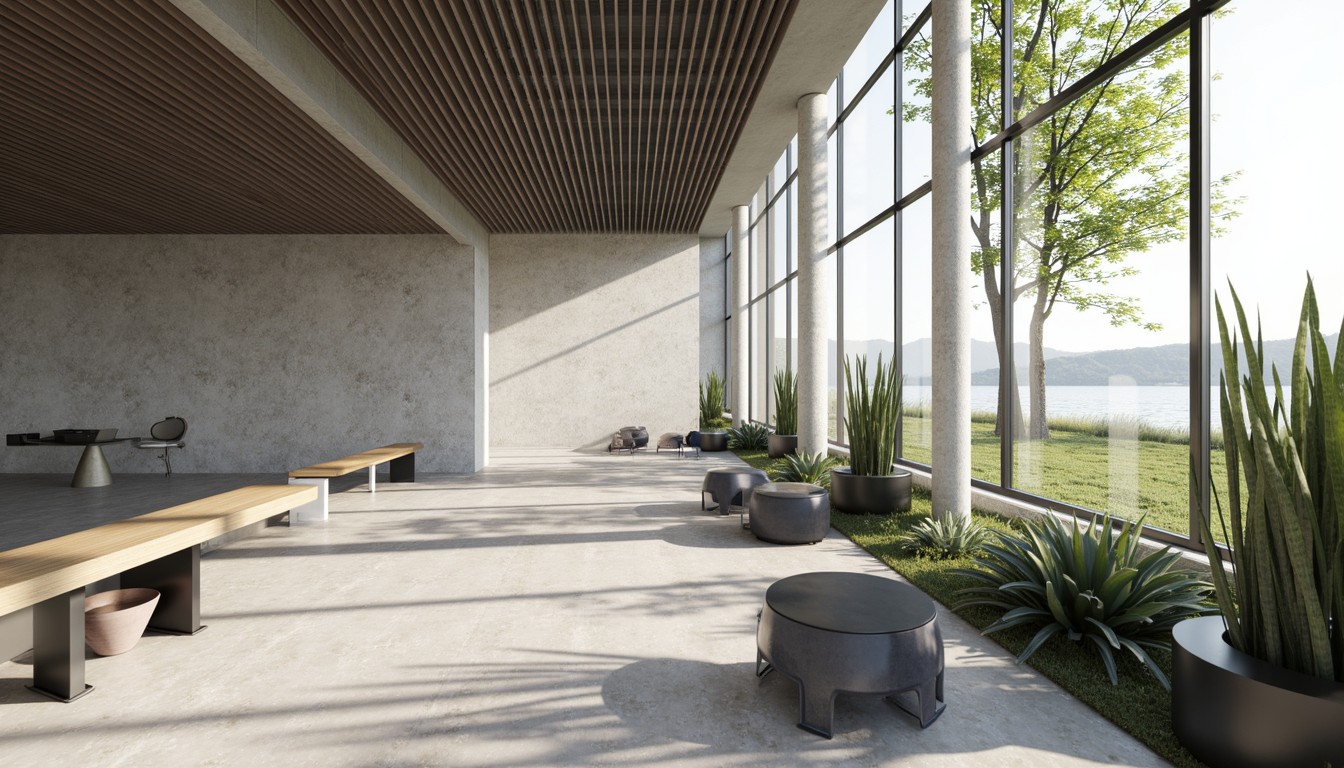Immersive Design: Revolutionizing Architecture with VR & AR
The architectural landscape is undergoing a dramatic transformation, fueled by the rapid advancements in Virtual Reality (VR) and Augmented Reality (AR) technologies. No longer are architects confined to static 2D renderings and scaled models; they now have the power to create truly immersive experiences, allowing clients, collaborators, and even future occupants to step inside their designs before a single brick is laid. This shift towards immersive design is not just a technological marvel; it's a fundamental change in how we conceive, design, and experience architecture.
Virtual Reality (VR) in Architectural Visualization

VR offers unparalleled opportunities for architects to present their designs in a way that is both engaging and informative. By immersing viewers in a fully realized virtual environment, VR transcends the limitations of traditional methods. Clients can experience the spatial qualities of a building, walk through rooms, explore different perspectives, and develop a deeper understanding of the design's impact. This level of engagement fosters better communication, reduces misunderstandings, and ultimately leads to more informed design decisions.
Real-World Applications of VR in Architecture:
- Client Presentations: VR allows for compelling client presentations, showcasing the design's strengths and addressing potential concerns in a highly interactive manner. Clients can experience the space firsthand, leading to more confident decisions and reduced revisions.
- Design Collaboration: Architects and their teams can collaboratively explore and refine designs within a shared VR environment, facilitating real-time feedback and streamlining the design process.
- Construction Planning & Simulation: VR can simulate construction processes, identifying potential challenges and optimizing workflows before construction begins. This improves efficiency and reduces costly errors.
- Accessibility & Inclusivity: VR allows potential users to experience the design from their own perspective, ensuring accessibility and inclusivity for all occupants.
Augmented Reality (AR) in Architectural Design

While VR creates a fully immersive experience, AR overlays digital information onto the real world. This technology is particularly useful for visualizing architectural designs within their actual context. Architects can use AR to superimpose 3D models of buildings onto existing sites, allowing stakeholders to see how the proposed design will interact with the surrounding environment.
Real-World Applications of AR in Architecture:
- Site Analysis & Visualization: AR apps can overlay building models onto real-world locations, enabling architects to assess the design's fit within the site context, considering factors like sunlight, views, and surrounding structures.
- Construction Guidance: AR can guide construction workers by overlaying digital blueprints and instructions directly onto the physical site, enhancing accuracy and minimizing errors.
- Marketing & Sales: Developers can use AR to give potential buyers a virtual tour of a property, offering an engaging and interactive experience that can significantly impact sales.
- Interior Design: AR can allow clients to visualize furniture and other interior elements within their spaces before making purchases, leading to more informed and satisfying design choices.
The Future of Immersive Design in Architecture
The convergence of VR and AR technologies promises even more transformative advancements in the field of architecture. Imagine architects designing and modifying buildings in real-time using haptic feedback, or clients experiencing fully interactive, emotionally resonant virtual walkthroughs. These advancements are not just science fiction; they are within reach, and ArchNav is at the forefront of this exciting evolution.
Choosing the Right Immersive Technology for Your Project

The optimal choice between VR and AR depends on the specific needs of each project. VR is ideal for fully immersive experiences and detailed design exploration, while AR excels in visualizing designs within their real-world context. Often, a combination of both technologies provides the most comprehensive and effective solution.
ArchNav: Your Partner in Immersive Architectural Visualization
At ArchNav, we understand the transformative power of VR and AR in architecture. Our team of expert architectural visualization specialists employs the latest technologies to create breathtakingly realistic and engaging immersive experiences. We work closely with our clients to understand their unique needs and deliver tailored solutions that enhance communication, streamline workflows, and elevate the design process to new heights. From initial conceptualization to final client presentation, ArchNav empowers architects to visualize and communicate their designs with unparalleled clarity and impact.
Contact us today to learn how ArchNav can help you harness the power of immersive design to revolutionize your architectural practice.
